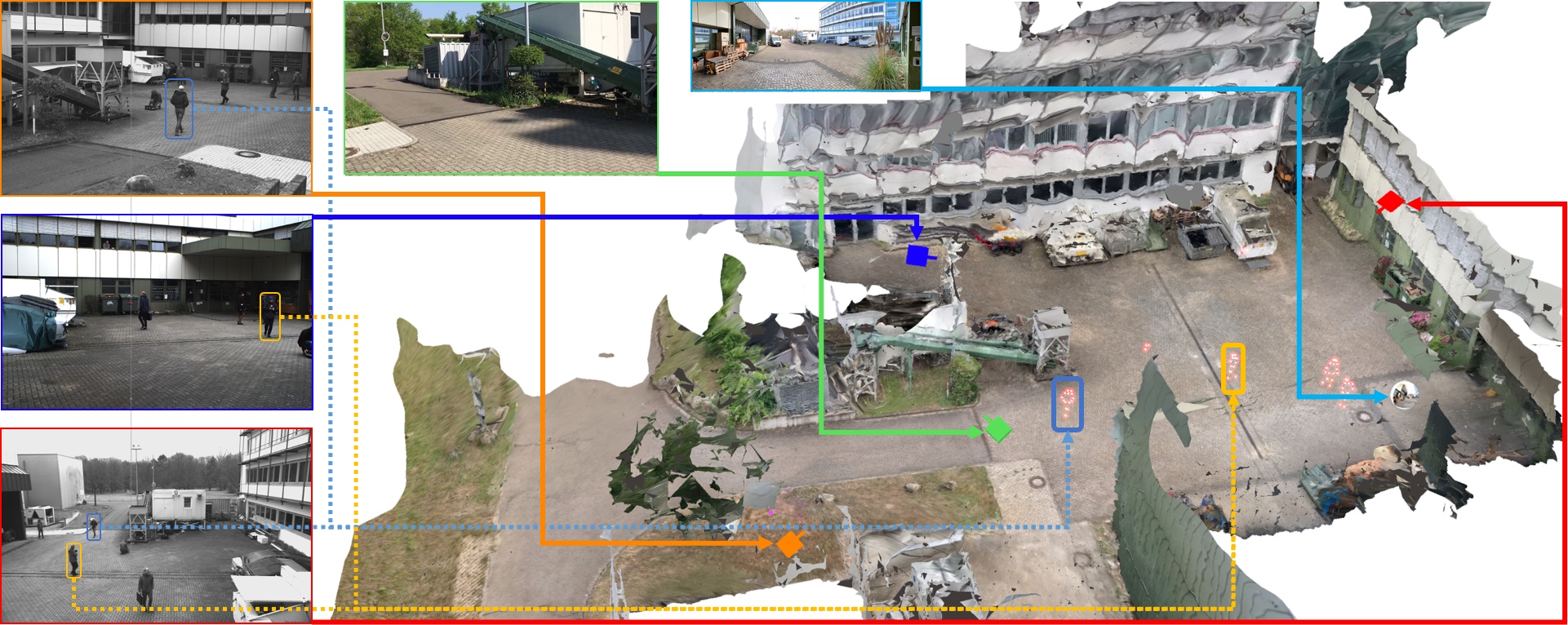Video Analysis for Investigation of Criminal and Terrorist Activities
VICTORIA is a 3-year EU-funded project which addresses this need and will deliver an ethical and legally compliant video analysis platform that will accelerate the video analysis tasks of Law Enforcement Agencies. We are developing and exploring a 4D crime scene reconstruction technology, enabling the investigator to view simultaneously and easily navigate through a multitude of video recording of the same crime/terrorist scene.
Objectives
There are 5 main objectives of the VICTORIA project, related to technology development and usability, training, sustainability and EU legislation:
- Develop a TRL-6 video analysis technology that will boost the LEAs' video investigation capacity
- Increase significantly the usability of video analysis tools for legal investigations
- Create a business model and ecosystem allowing the video investigation field to grow and prospect
- To encourage innovation and market growth in the video investigation domain, VICTORIA will:
- Train LEA investigators in the use of advanced video investigation tools
- Ensure that the VICTORIA tools are in line with EU Legal-Ethical-Privacy rules
Selected Results

The technical progress in the last decades makes photo and video recording devices omnipresent. This change has a significant impact, among others, on police work. It is no longer unusual that a myriad of digital data accumulates after a criminal act, which must be reviewed by criminal investigators to collect evidence or solve the crime. This paper presents the VICTORIA Interactive 4D Scene Reconstruction and Analysis Framework ("ISRA-4D" 1.0), an approach for the visual consolidation of heterogeneous video and image data in a 3D reconstruction of the corresponding environment. Firstly, by reconstructing the environment in which the materials were created, a shared spatial context of all available materials is established. Secondly, all footage is spatially and temporally registered within this 3D reconstruction. Thirdly, a visualization of the hereby created 4D reconstruction (3D scene + time) is provided, which can be analyzed interactively. Additional information on video and image content is also extracted and displayed and can be analyzed with supporting visualizations. The presented approach facilitates the process of filtering, annotating, analyzing, and getting an overview of large amounts of multimedia material. The framework is evaluated using four case studies which demonstrate its broad applicability. Furthermore, the framework allows the user to immerse in the analysis by entering the scenario in virtual reality. This feature is qualitatively evaluated by means of interviews of criminal investigators and outlines potential benefits such as improved spatial understanding and the initiation of new fields of application.
Fundings
This work has received funding from the European Union’s Horizon 2020 research and innovation program in the context of the VICTORIA project under grant agreement No. 740754.

